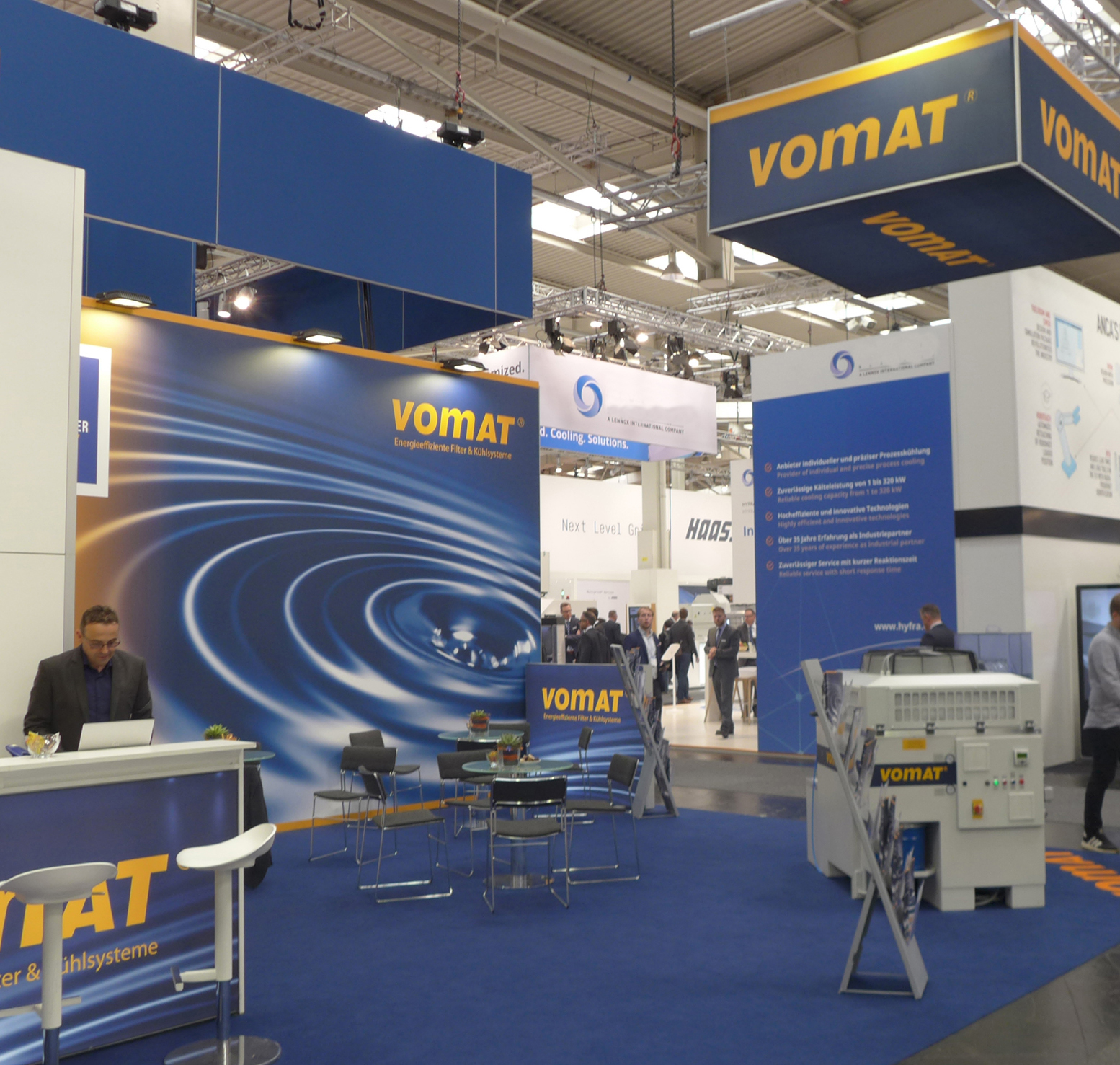
As shown at AMB this month, state-of-the-art grinding, measuring and coating technology used to grind precision tools with high accuracy requires that tool manufacturers be technically up to date and optimally coordinate all parameters involved.
Ultrafine filtration of the cooling lubricants within the overall machining system plays a key role here. This is because, on the one hand, clean coolants have a significant influence on the quality of the ground tools, and, on the other hand, finely filtered grinding oils that remain in the system for a long time contribute to considerable cost savings in production.
Metal abrasion, dirt, and decomposition products - if contaminated grinding oils were not finely filtered, they would have to be replaced at very short intervals. This becomes all the more important as development progresses.
Whether conventional, synthetic, or water-miscible, the area of cooling lubricants is now a sensitive, highly technical topic in modern metalworking. Thus, the choice of the right coolant depends on the respective process factors. Thanks to special combinations of active ingredients, tool manufacturers can use coolants that are precisely tailored to their machining applications.
Steven Lowery, executive vice president from Oelheld, the official reseller of Vomat Filtration Systems in North America said, "In today's tool manufacturing, efficient coolant filtration represents more than just filtering a necessary auxiliary material. Anyone who uses innovative grinding oils in their grinding workflow can therefore make no compromises, especially when it comes to ultra-fine filtration."
He added that the decision for the right filter system when grinding carbide metal and high-speed steels (HSS) or as a blending option is therefore an important prerequisite for the quality and efficiency of the entire value chain. "After all, contemporary ultrafine filtration technology exploits the possibilities of advanced cooling lubricants."
Modern filtration technology
Thanks to their special design features, Vomat filters are optimally capable of filtering even the latest cooling lubricant generations reliably and cost-efficiently.
Special high-performance precoat filters, full-flow filtration ensures 100 percent separation of dirty and clean oil. In this way, the system permanently supplies clean oil in NAS 7 quality (3-5 µm) to the grinding system. Another advantage is the energy efficiency of the Vomat technology. The systems filter and flush according to demand. This means that the backwash cycles are controlled depending on the degree of contamination of the filter elements.
Lowery said that "on-demand filtration of the oil in combination with the coordinated filter cleaning brings many advantages to the tool manufacturer. It also means that less power or energy is consumed. Likewise, the service life of the individual filter elements is increased, and the cooling lubricant can remain in the system longer. In addition, Vomat systems are designed to add as little heat as possible to the media, which in turn requires less cooling power."
Since every tool grinder has its workflows and processes, Vomat offers a wide range of options on the standard platform of the FA machine series, for example, to optimally integrate filtration technology into the respective individual circumstances. The spectrum ranges from small stand-alone systems to large-scale industrial central systems.
"We analyze the requirements of the respective company in detail to be able to set up the appropriate system.'" said Lowery. "In return, our long-standing customers often involve us in the planning phase at an early stage when innovations or conversions are implemented in the company. Even companies in which frequent changes are pending are on the safe side with Vomat systems, since our technology can virtually grow with customer needs thanks to its flexibility, including a wide range of optional add-on and expansion modules."
Contact Details
Related Glossary Terms
- coolant
coolant
Fluid that reduces temperature buildup at the tool/workpiece interface during machining. Normally takes the form of a liquid such as soluble or chemical mixtures (semisynthetic, synthetic) but can be pressurized air or other gas. Because of water’s ability to absorb great quantities of heat, it is widely used as a coolant and vehicle for various cutting compounds, with the water-to-compound ratio varying with the machining task. See cutting fluid; semisynthetic cutting fluid; soluble-oil cutting fluid; synthetic cutting fluid.
- grinding
grinding
Machining operation in which material is removed from the workpiece by a powered abrasive wheel, stone, belt, paste, sheet, compound, slurry, etc. Takes various forms: surface grinding (creates flat and/or squared surfaces); cylindrical grinding (for external cylindrical and tapered shapes, fillets, undercuts, etc.); centerless grinding; chamfering; thread and form grinding; tool and cutter grinding; offhand grinding; lapping and polishing (grinding with extremely fine grits to create ultrasmooth surfaces); honing; and disc grinding.
- high-speed steels ( HSS)
high-speed steels ( HSS)
Available in two major types: tungsten high-speed steels (designated by letter T having tungsten as the principal alloying element) and molybdenum high-speed steels (designated by letter M having molybdenum as the principal alloying element). The type T high-speed steels containing cobalt have higher wear resistance and greater red (hot) hardness, withstanding cutting temperature up to 1,100º F (590º C). The type T steels are used to fabricate metalcutting tools (milling cutters, drills, reamers and taps), woodworking tools, various types of punches and dies, ball and roller bearings. The type M steels are used for cutting tools and various types of dies.
- metalworking
metalworking
Any manufacturing process in which metal is processed or machined such that the workpiece is given a new shape. Broadly defined, the term includes processes such as design and layout, heat-treating, material handling and inspection.







